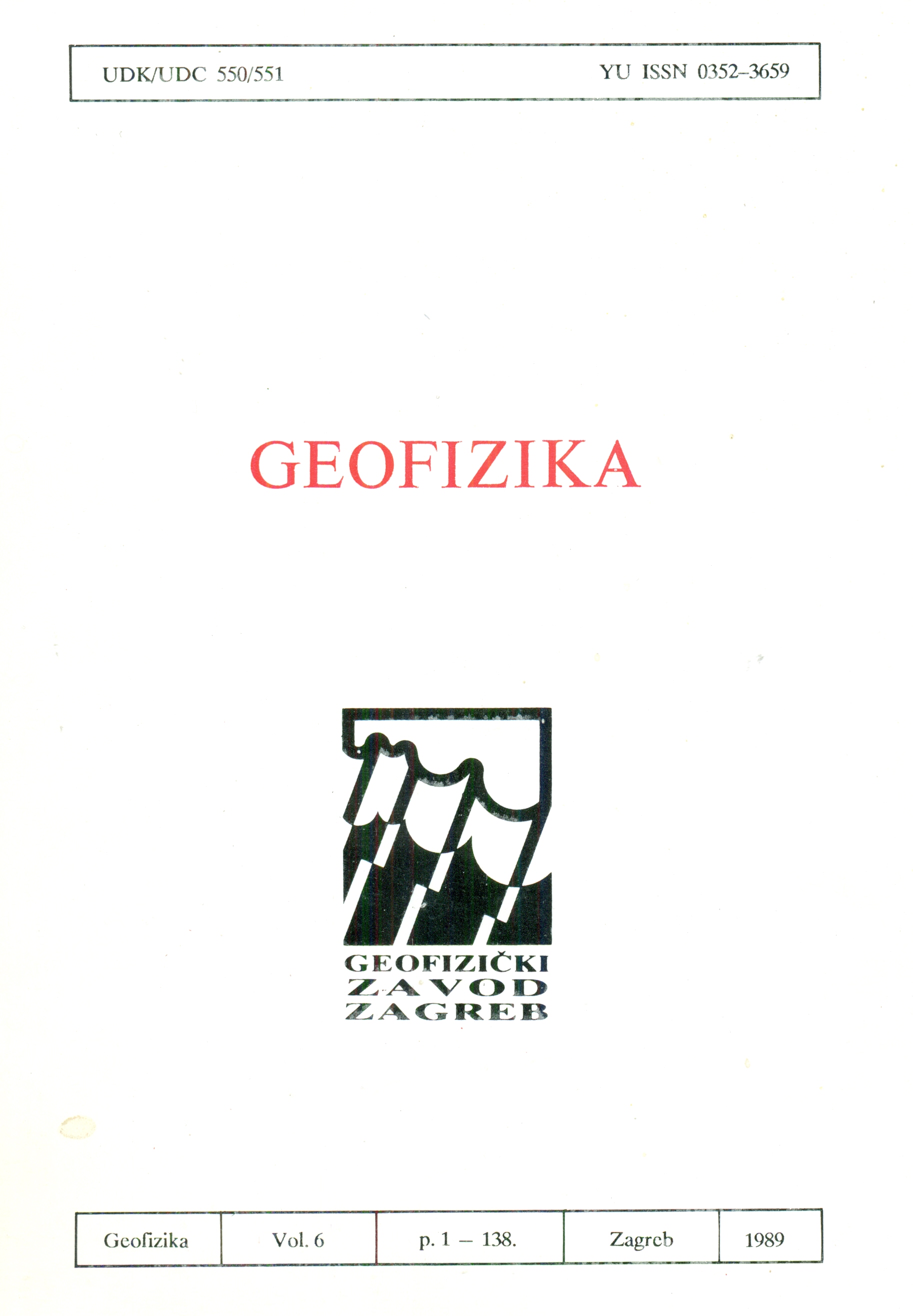A model of radiative heat transfer effects in the atmospheric boundary layer
Abstract
During nighttime clear-sky conditions and in the absence of significant advection the influence of divergence of net longwave radiative flux on thermodynamic processes could be dominant in the atmospheric boundary layer. The model which parameterizes such processes by height (35 grid points up to 2000 m) is accomplished based on the emissivity concept.
The test of the model is performed on the Wangara experiment data. The results are analyzed and discussed concerning a complex structure of the total cooling rate, especially in the lower part of the nocturnal boundary layer (region of smaller wind speeds).
Downloads
Published
Issue
Section
License
Copyright (c) 2021 Geofizika journal

This work is licensed under a Creative Commons Attribution-NonCommercial 4.0 International License.

